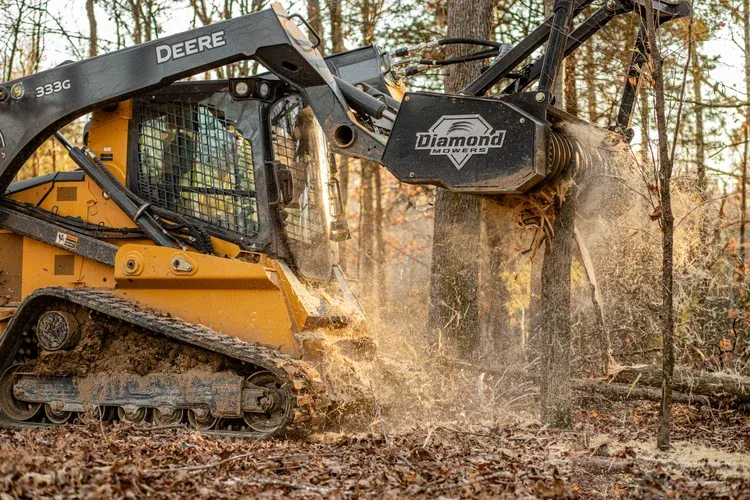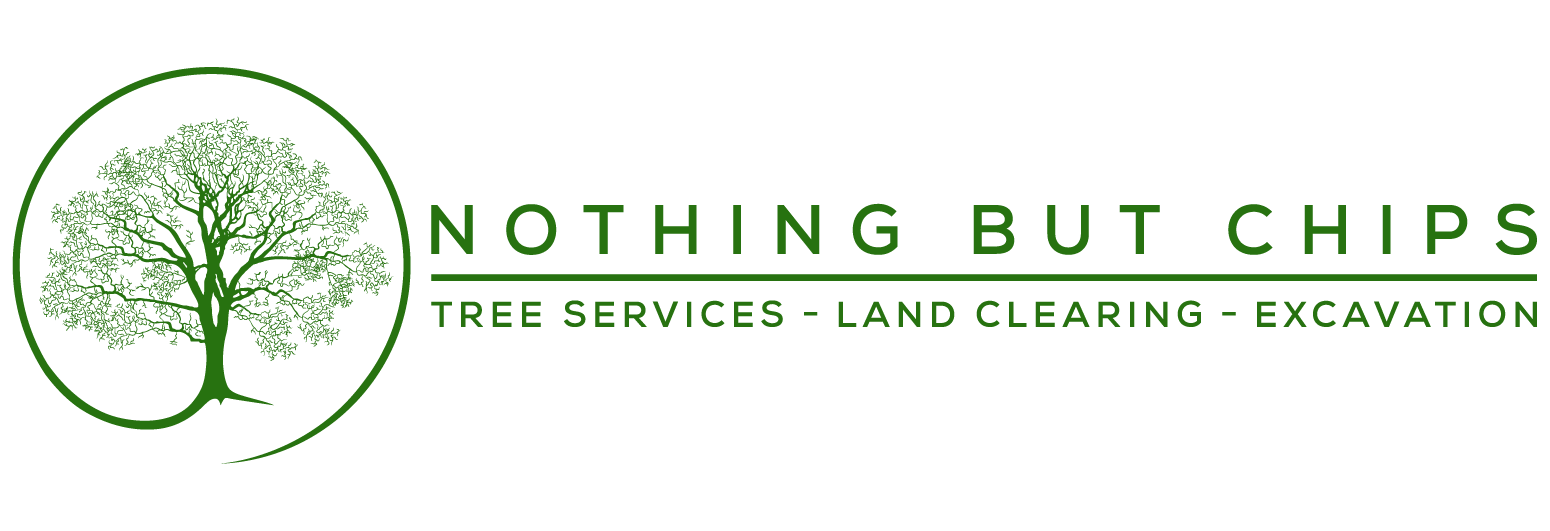Forests are magical places, teeming with life and providing essential ecological benefits. However, over time, forests can become overgrown with underbrush, hindering the growth of larger trees and posing potential fire hazards. Clearing the underbrush in a responsible and sustainable manner can help maintain the health of the forest ecosystem. In this blog, we will explore the importance of clearing underbrush and provide a step-by-step guide on how to do it safely and effectively.
**1. Understand the Importance of Clearing Underbrush:**
Before diving into the process, it’s crucial to recognize the reasons for clearing underbrush. Removing dense vegetation serves several essential purposes, such as:
a. **Promoting Forest Health:** Clearing the underbrush allows sunlight to reach the forest floor, enabling young trees and plants to grow and thrive.
b. **Fire Prevention:** Thick underbrush acts as fuel for forest fires, making controlled clearing a proactive measure to reduce fire risks.
c. **Biodiversity:** By opening up the forest floor, you create diverse habitats for various plant and animal species.

**2. Safety First:**
Safety should be your top priority when clearing underbrush. Before you begin, take these precautions:
a. **Wear Appropriate Gear:** Put on sturdy boots, gloves, long-sleeved shirts, and pants to protect yourself from thorns, insects, and other hazards.
b. **Check Local Regulations:** Ensure you have the necessary permits and are complying with local regulations for forest management.
c. **Beware of Wildlife:** Be cautious of wildlife, especially snakes or insects that may be disturbed during the process.
**3. Plan Your Clearing Strategy:**
a. **Identify the Area:** Focus on smaller sections of the forest at a time, especially areas with dense vegetation that limit sunlight penetration.
**4. Manual Clearing:**
Manual clearing involves physical labor and is suitable for smaller areas or places with sensitive ecosystems.
a. **Pruning and Lopping:** Use pruning shears or loppers to remove smaller vegetation such as shrubs, bushes, and saplings.
b. **Cut and Remove Vines:** Cut and remove invasive vines that can smother trees and other vegetation.
c. **Remove Deadwood:** Take out dead or diseased trees and branches to reduce the risk of wildfires.
**5. Mechanical Clearing:**
For more extensive areas or dense underbrush, consider mechanical methods. However, this option requires specialized equipment and trained operators to avoid damaging the environment.
a. **Mowing and Brush Cutting:** Use heavy-duty mowers or brush cutters for large-scale underbrush clearing.
b. **Mulching:** Forestry Mulchers can grind up smaller trees, shrubs, and vegetation, turning them into mulch that enriches the soil.
**6. Post-Clearing Actions:**
a. **Dispose of Debris Responsibly:** If you use mechanical methods, ensure that the debris is collected and disposed of properly.
b. **Mulching and Composting:** Consider mulching the cleared debris or composting it to return nutrients to the soil.
c. **Monitor the Regrowth:** Keep an eye on the area to prevent new underbrush from becoming overgrown again.
Conclusion:
Clearing the underbrush of a forest is a labor-intensive yet essential task to maintain a healthy and balanced ecosystem. By following the right techniques and safety guidelines, you can contribute to the wellbeing of the forest and its inhabitants. We have all the tool to help you reclaim your forest properly and efficiently.
Reach out to us today!

